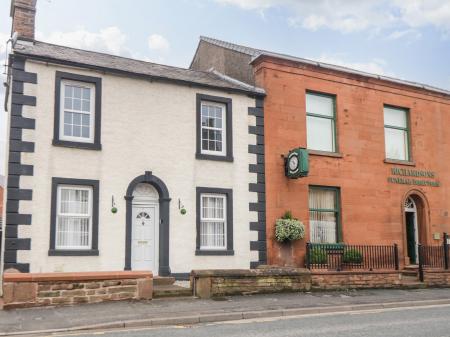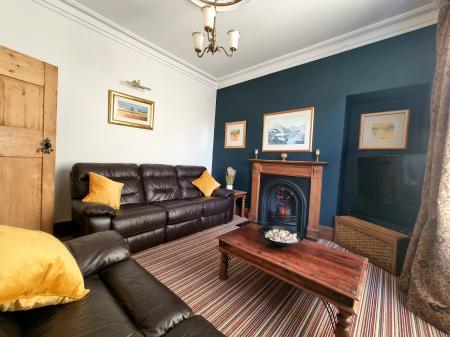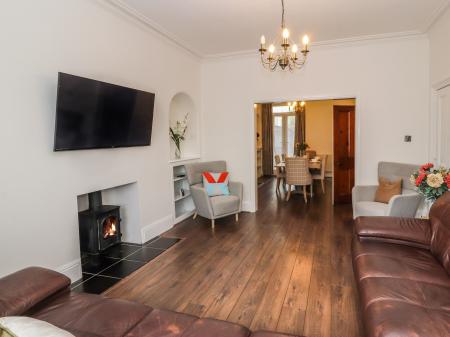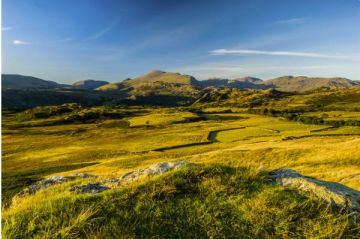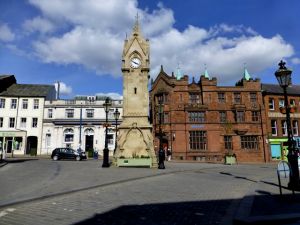
History
There was a Roman fort called Voreda here, on the road between Carlisle and Manchester; the major Roman route north into Scotland. In the 9th century, Penrith became the capital of Cumbria, which formed part of the Scottish kingdom of Strathclyde until AD 1070.
St Andrews Church
Penrith's parish church was built from 1720 in the Grecian style, retaining the 13th-century tower from an earlier church on the same spot. In the churchyard are the remains of several Norse hogback gravestones and ancient crosses, known respectively as the 'Giant's Grave' and 'Giant's Thumb'. The cross dates to AD 920.
Penrith Castle
There was a pele tower here in the earlier medieval period, but the real story of Penrith Castle began in 1399 when a stone curtain wall was linked to the tower. During the 15th century the castle was enlarged and strengthened, and eventually became a royal fortress under Richard, Duke of Gloucester (later to become King Richard III). The castle is now a ruin, cared for by English Heritage.
The Penrith Museum is housed in an Elizabethan building later used as a school. The museum has exhibits on the rich history and geology of the Eden Valley.
South of the town are the prehistoric sites of Mayburgh Henge and King Arthur's Seat. South east at Brougham are the ruins of a Roman fort and beside it, medieval Brougham Castle.
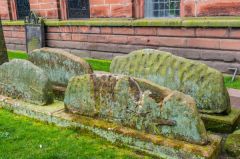
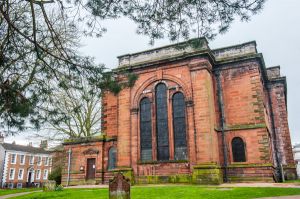
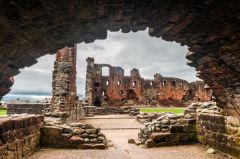


 We've 'tagged' this attraction information to help you find related historic attractions and learn more about major time periods mentioned.
We've 'tagged' this attraction information to help you find related historic attractions and learn more about major time periods mentioned.